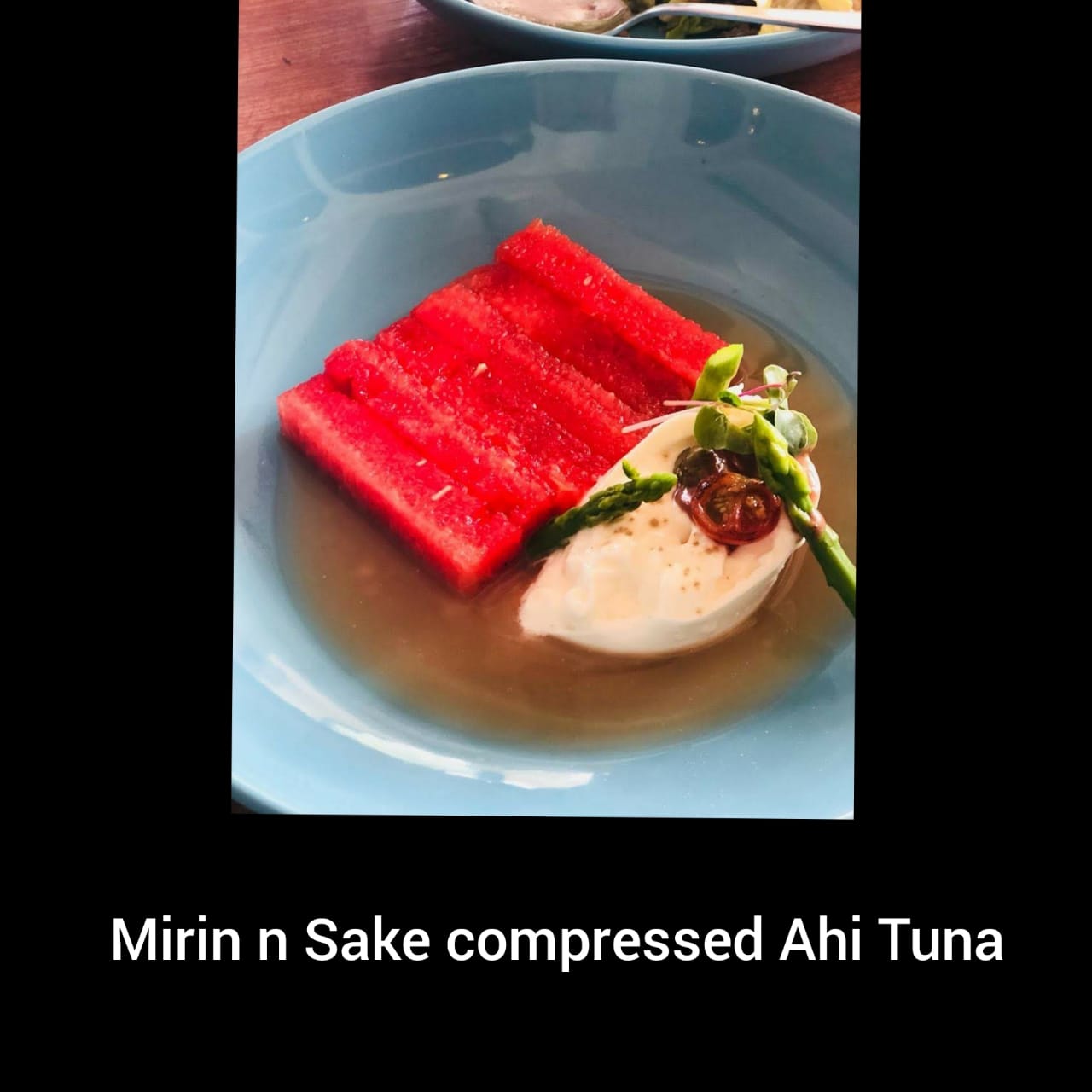The world on your plate
Apr 08, 2022

By Pushpesh Pant
New Delhi [India], April 8 : The COVID pandemic has all but destroyed international tourism and one knows not how long it will be before the jet-setting globe trotters will be able to visit their favourite watering holes and savour local delicacies again. However, as disrupted supply chains are being repaired and restored we are witnessing a surging trend of chefs and restaurants are constantly vying with one another to serve the world on their plate.
Project Globalisation may have hit a roadblock but the world now can be any well-heeled person's oyster. Imports of edible products are not as restricted as in past and, it's not surprising that more exotic and expensive items are finding their way on Indian menus.
There was a time when pink Norwegian Salmon tikka created a stir in the Delhi ka Aangan the restaurant curated by Jiggs Kalra in Delhi's Hyatt Regency. We have come a long way since.
Avocado continues to be expensive and an acquired taste but can hardly be called exclusive. On toast or in dips it is encountered at non-deluxe trendy eateries. Pate foi gras had great snob value till it was banned under pressure exerted by friends of the cruelly force fed bird.
Farming of Japanese quails saved another imperilled bird from extinction at the hands of chefs trying to please the gourmets. The meat that dare not speak its name is served as imported tenderloin to leave no diner in doubt that it's not local 'buff'. Another prohibited meat becomes seductive if sourced from the Iberian Peninsula.
There is a wide variety of choicest dates with very thin seed and translucent skin from Iran and Arab countries on offer. Then there are Californian prunes, pistachios, walnuts and almonds honey roasted and in many flavours, Turkish apricots, Swiss and French cheeses, Belgian chocolates are prominently displayed on overburdened shelves of specialty food stores. Apples and pears, plums and peaches from across the oceans polished and packed attractively make local produce look inferior or blemished.
They certainly enhance the eye appeal of whatever is on the plate. These ingredients find prominent mention in menu descriptions making the dish aspirational. The question that needs to be asked is does a fistful of imported Blue Berries transform a phirnee or zarda from mundane to sublime?
Not long ago, imported foods were encountered only in speciality ethnic restaurants. Sushi and wasabi seldom stepped out of their comfort zone of a Japanese eatery. Ditto for hummus and tahini sauce. All this has changed.
At upmarket restaurants, Tandoori Lamb chops are nowadays culled from an Australian animal. Plump chicken legs from the US we are told are more succulent and consistent in quality than the broilers we are familiar with and are more convenient to handle in a commercial kitchen. To promote trade in 'food and beverage' many embassies have deployed chef-diplomats.
Caviar has an unmatched mystique. Super expensive it also demands cultivated connoisseurship. To serve it befitting its status accessories and ritual are prescribed. Silver spoon, a bed of crushed ice and a delicately sliced wedge of lime.
The stuff more precious than pearls commands an exorbitant price according to the geographic indicator prefixed to it. But Indian jugad has a way to overcome or bypass such hindrances. A minuscule quantity sprinkled atop any preparation promises to grant diner the membership to an elite club.
Those with stronger nerves can dare to sample Fugu the Japanese Puffer Fish that at the hands of an inexperienced chef can be lethal. In Japan, only licensed chefs are allowed to serve it after all the toxic parts have been carefully removed. It is usually served as sashimi but keeping in mind Indian preferences its fried version has also emerged from the shadows.
Sake and mirin are rice wines that accompany a Japanese meal. They have an identity very different from Old and New World wines that have evolved over centuries. They are treated in myriad ways and are being presented as reductions and compressions.
The receding wave of fusion has left behind the legacy of foreign produce from fields and factories that are pushing off children of this soil from traditional recipes. For instance, Quinoa dominates the mind of the health-conscious while indigenous millets remain neglected. Lest the foregoing is misunderstood as a plea for culinary chauvinism it needs to be reiterated that ingredients and cooking techniques have for millennia been a part of civilisational interactions. What sets the current trend apart is commercial propulsion.
Big Business of food would like us to believe that expensive, exotic and excellence are synonyms. The diversity of fruits and vegetables, grains and seeds available in the subcontinent remains largely unexplored. Perhaps it's time to look around.
Disclaimer: The views expressed in the above article are that of the writer and do not reflect that of ANI.




















